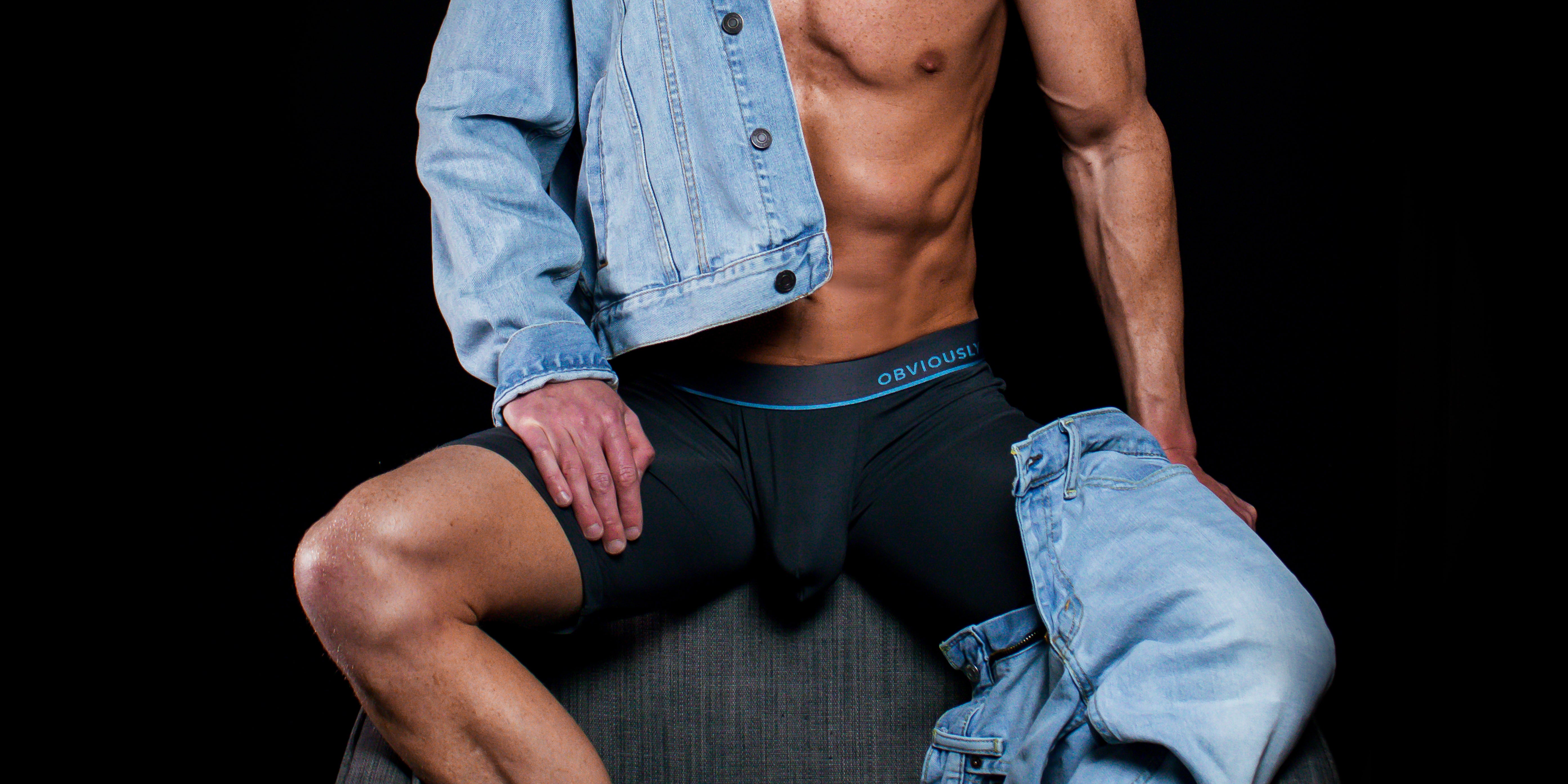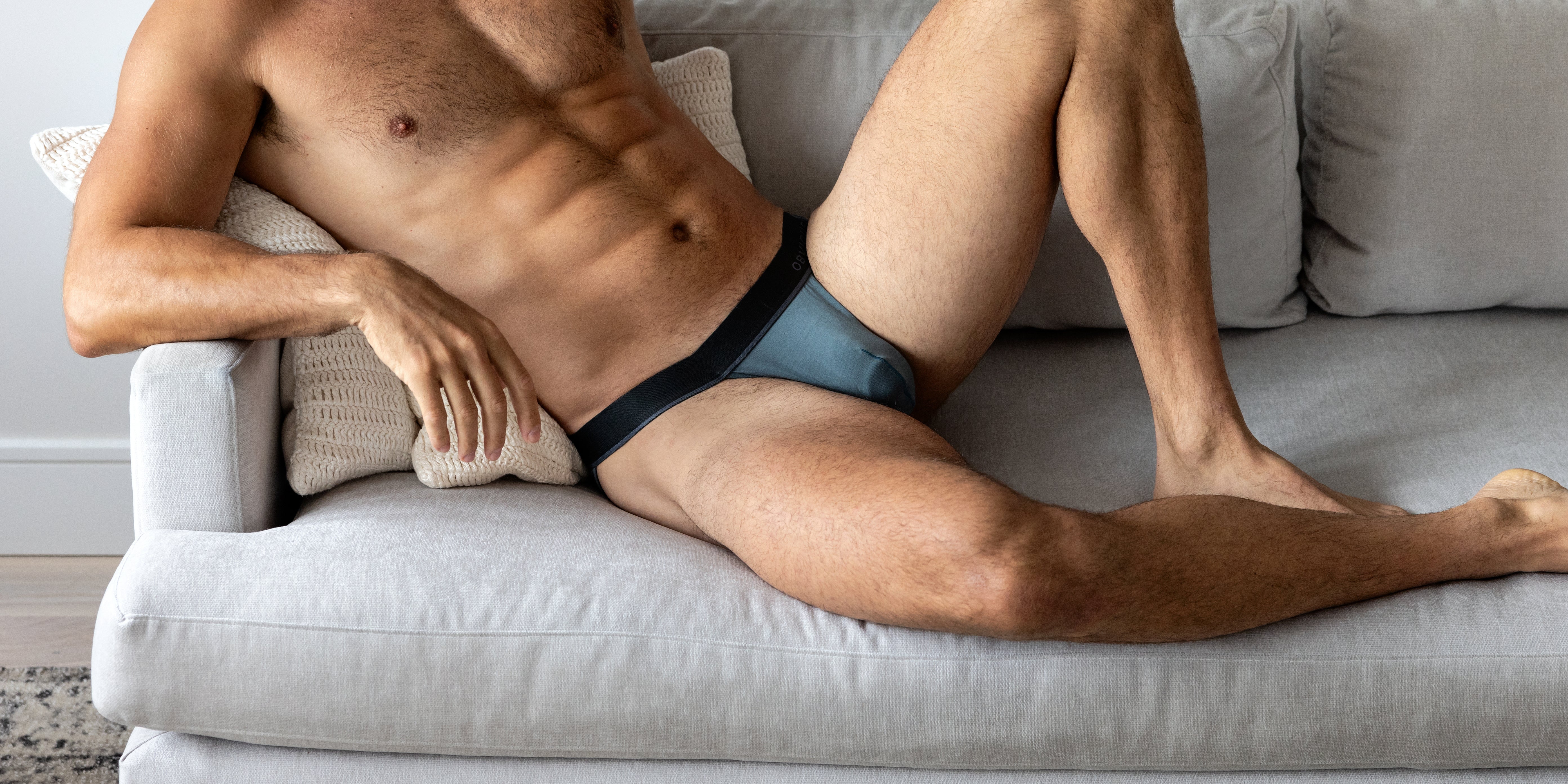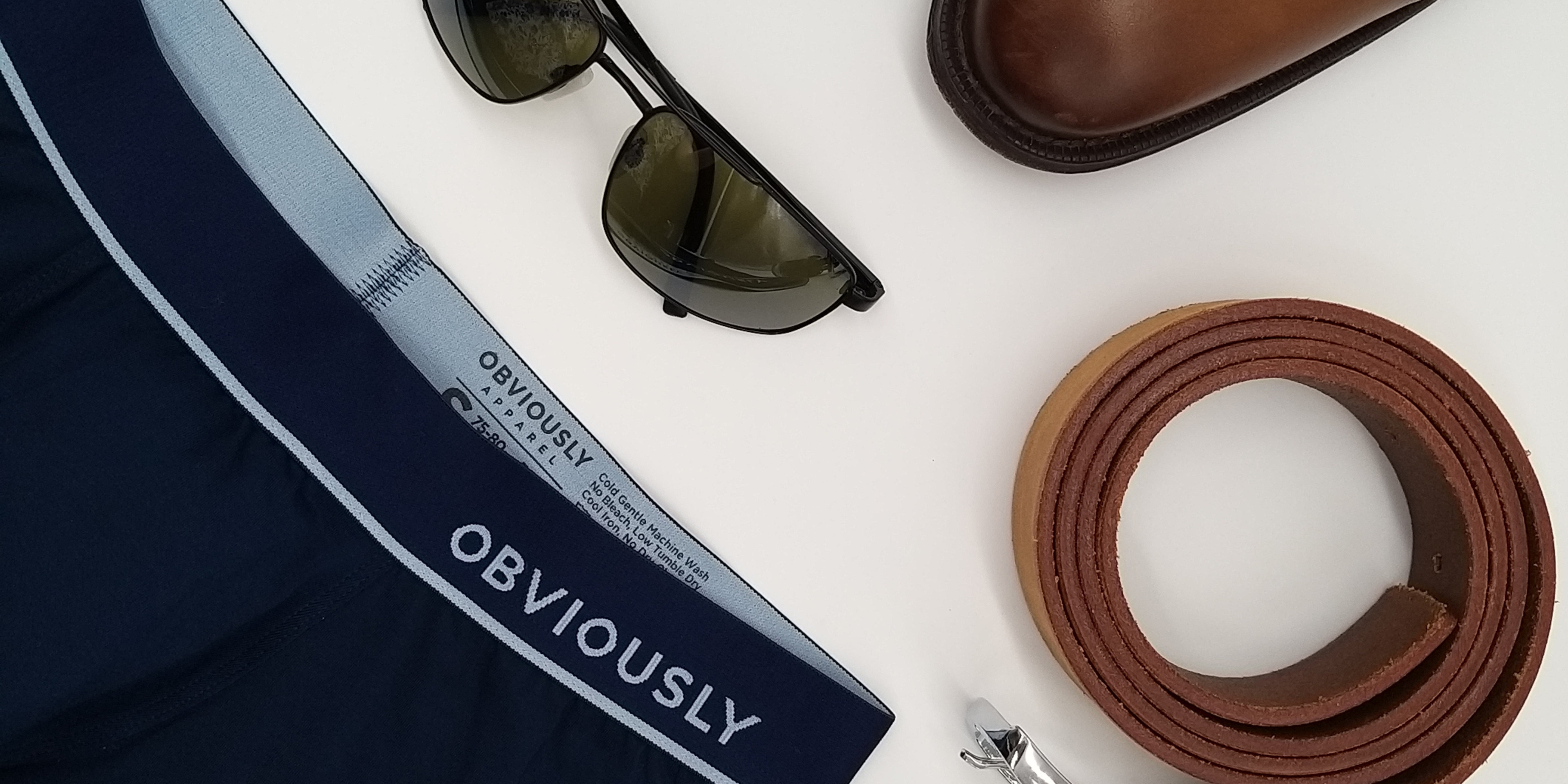
How To Get Sweat Stains Out Of Shirts: Step-by-Step
For men who value their appearance and take pride in their wardrobe, sweat stains on shirts can be a significant source of embarrassment and frustration. Fortunately, there are effective methods to tackle these stubborn stains and restore your shirts to their former glory. This comprehensive guide offers clear, easy-to-follow instructions on how to get sweat stains out of shirts, empowering you to maintain a crisp and clean look effortlessly.
Why Are Sweat Stains Hard To Remove?
Sweat stains are notoriously difficult to remove due to the combination of sweat's natural composition and the interaction with fabric fibers. Sweat contains proteins, salts, and oils that, when absorbed by the fabric, can lead to stubborn discoloration, particularly in lighter-colored shirts. Over time, these components can bond with the fabric, making the stains more resistant to standard washing methods. Additionally, the use of antiperspirants and deodorants can exacerbate the issue, as the aluminum compounds in deodorant products can react with sweat to create yellowish stains that are even harder to eliminate. This complex interplay of biological and chemical factors necessitates targeted cleaning techniques to effectively break down and remove the stains.
How To Get Sweat Stains Out Of Shirts
Step 1: Using Baking Soda and Vinegar
Start by creating a paste using baking soda and water. Mix four tablespoons of baking soda with a quarter cup of warm water until it forms a thick paste. Apply this paste directly to the sweat-stained areas of the shirt, gently rubbing it into the fabric with a soft brush or your fingers. Let the paste sit for about 30 minutes to an hour. Afterward, rinse the area with cold water and then soak the shirt in a mixture of one part white vinegar and two parts water for another 30 minutes. Finally, wash the shirt as usual in cold water and let it air dry.
Step 2: Applying Lemon Juice and Salt
Combine equal parts lemon juice and water in a bowl, then add a generous amount of salt to the mixture. Stir until the salt is fully dissolved. Apply this solution to the sweat stains, ensuring the fabric is thoroughly saturated. Use a soft brush to gently scrub the stained areas, helping the acidic lemon juice and abrasive salt to break down the stain. Allow the shirt to sit in the sun for a few hours, as the natural bleaching effect of sunlight will enhance the stain removal process. Rinse the shirt with cold water and launder it as usual, then let it air dry.
Step 3: Utilizing Hydrogen Peroxide and Dish Soap
Mix one part hydrogen peroxide with one part dish soap in a small bowl. Apply this solution directly to the sweat stains, using a soft brush or your fingers to work it into the fabric. Let the mixture sit on the stains for about 30 minutes to an hour. The hydrogen peroxide acts as a bleaching agent, while the dish soap helps to break down oils and proteins in the sweat. After the waiting period, rinse the shirt thoroughly with cold water and wash it in the washing machine on a cold cycle. Air dry the shirt to prevent any potential heat damage.
Step 4: Trying Commercial Stain Removers
Select a commercial stain remover specifically designed for sweat stains or general tough stains. Follow the instructions on the product label, which typically involve applying the remover directly to the stained areas and allowing it to sit for a specified amount of time. Some products may require gentle scrubbing with a soft brush to enhance their effectiveness, particularly in areas like the underarms where sweat stains are most common. After treating the stains, wash the shirt in cold water as directed. Commercial stain removers often contain powerful enzymes and chemicals that can break down the complex proteins and oils in sweat, making them an effective option for stubborn stains.

Can Sweat Stain Clothes Permanently?
Yes, sweat can stain clothes permanently if not treated promptly and correctly. The proteins, salts, and oils in sweat can deeply penetrate fabric fibers, leading to discoloration that becomes more challenging to remove over time. Additionally, the interaction between sweat, deodorant, and antiperspirants, particularly those containing aluminum compounds, can create yellowish stains that are even more stubborn. If these stains are allowed to set in and repeatedly exposed to heat from washing or drying, they can become ingrained in the fabric, making them nearly impossible to eliminate completely. Therefore, immediate and proper treatment is crucial to prevent permanent staining.
Should I Use Bleach or White Vinegar To Remove Sweat Stains Out Of Shirts?
When deciding between bleach and white vinegar to remove sweat stains from shirts, white vinegar is generally the safer and more effective option. Bleach, particularly chlorine bleach, can be too harsh on fabrics, potentially causing damage or discoloration, especially on colored or delicate materials. In contrast, white vinegar is a milder, natural alternative that effectively breaks down the proteins and salts in sweat stains without harming the fabric. It also helps neutralize odors and can be safely used on most fabrics. To use white vinegar, soak the stained area in a mixture of one part vinegar and two parts water for about 30 minutes before washing the shirt as usual. This method is both gentle and effective, making it a preferred choice for maintaining the integrity of your shirts while removing sweat stains.
Is Stain Removal Paste Effective For Getting Sweat Stains Out Of Shirts?
Yes, stain removal paste can be highly effective for getting sweat stains out of shirts. These pastes, often made from common household ingredients like baking soda, hydrogen peroxide, and dish soap, work by breaking down the proteins, salts, and oils that cause sweat stains. Baking soda acts as a gentle abrasive, helping to lift the stain from the fabric, while hydrogen peroxide serves as a mild bleaching agent that can lighten discoloration without damaging the material. Dish soap helps to dissolve oils and grime. When applied directly to the stain and allowed to sit for a period, the paste penetrates the fabric fibers, loosening and lifting the stain. This method is particularly useful for treating stubborn stains and can be a cost-effective and safe alternative to commercial stain removers.
Conclusion
In conclusion, sweat stains on shirts need not be a source of frustration or embarrassment. By employing effective, step-by-step methods using common household items like baking soda, vinegar, lemon juice, and hydrogen peroxide, anyone can restore their shirts to pristine condition. Understanding the causes of sweat stains and taking proactive measures to treat and prevent them ensures that your wardrobe remains fresh and presentable. With these practical solutions and expert tips, maintaining a clean and confident appearance is entirely achievable, empowering you to face each day with renewed self-assurance. 
Final Thoughts
Leave discomfort behind and embrace the supreme comfort of Obviously Apparel. Our extensive range, featuring boxer briefs, jockstraps, shirts and more, offers a flawless fit tailored to your preferences. With a dedication to precise design and high-quality materials, Obviously Apparel ensures your comfort and satisfaction are paramount. Upgrade your underwear collection and enjoy the luxurious experience of Obviously Apparel today.
Sources



